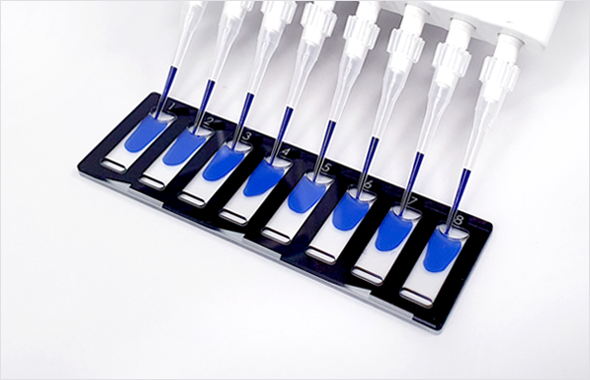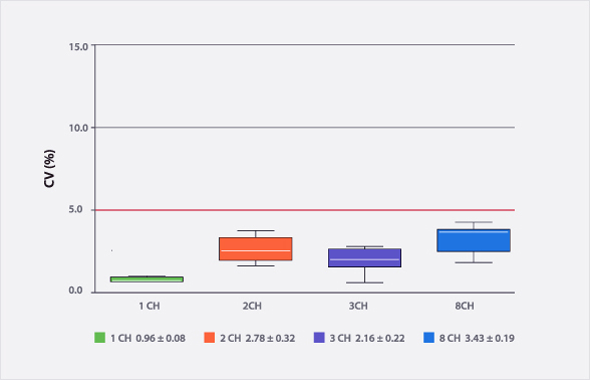Introduction:
If you work in a laboratory, you know how important it is to have accurate and efficient cell counting capabilities. Manual cell counting can be time-consuming, error-prone, and tedious, making automated cell counters a popular choice for many researchers. But with so many options on the market, how do you know which one is right for your needs? In this article, we’ll discuss factors to consider when choosing an automated cell counter, popular models, and answers to frequently asked questions.
Factors to Consider:
Sample type is one of the most critical factors to consider when choosing an automated cell counter. If your laboratory only cultures immortalized cancer cell lines, then cell counters with brightfield optics would be sufficient. In most cases, these types of cell counters, such as the LUNA II from Logos Biosystems, are the most affordable models available from the manufacturer. However, if you need to count primary cells or blood cells, then you should consider a cell counter with fluorescence optics. These cell types are often contaminated with unwanted particles such as cell debris or red blood cells, and your target cells need to be stained with fluorescent dyes to distinguish them from the contaminants. The LUNA-FL or LUNA-FX7 are the most popular fluorescence cell counters and have been widely adopted by many laboratories.
If you need to count a large number of samples, you should consider an automated cell counter with a high throughput capacity. The throughput of the cell counter is usually limited by the design of cell counting slides. Most commercial cell counting slides are designed for only two samples per run. However, the LUNA FX7 model from Logos Biosystems provides an 8-channel cell counting slide, which allows for samples to be loaded with a multichannel pipette and enables the user to count up to 8 samples of cells per run.
Accuracy and precision are critical factors to consider when choosing an automated cell counter. Generally, the accuracy and precision of a cell counter are directly proportional to the measuring volume. As most cell counting chambers have a fixed chamber height, the only way to increase the measuring volume is to increase the imaging area. Low-cost cell counters typically capture only a single image, whereas cell counters that prioritize accuracy are equipped with an automated stage that can capture multiple images. These cell counters move the stage while acquiring images, enabling them to increase the measuring volume and obtain more precise cell counting results. As a result, these cell counters can provide more accurate and precise cell counting data. When choosing an automated cell counter, it is important to look for one with a high level of accuracy and precision, as well as a low level of variation between samples.
A user-friendly interface and simple operation are important considerations when choosing an automated cell counter. Look for models with intuitive software and clear instructions.
Cost is an important consideration when choosing an automated cell counter. These devices can range in price from a few hundred to tens of thousands of dollars, depending on the features and capabilities. Additionally, it is important to check whether the automated cell counter you plan to purchase offers reusable slides as an option. Reusable slides can help prevent an increase in the consumable budget associated with disposable slides and reduce plastic waste, which can have a positive impact on the environment. It is essential to consider your budget and the features that you need before making a purchase to ensure that you get the best value for your money.
FAQs:
Q: Can automated cell counters count live and dead cells? A: Yes, many automated cell counters can distinguish between live and dead cells using various staining methods.
Q: Do I need specialized training to use an automated cell counter? A: While some models may require specialized training, many automated cell counters are designed for ease of use and require minimal training.
Q: Is it possible to use reusable slides with automated cell counters? A: Yes, many cell counters from Logos Biosystems offer a reusable slide option that can help reduce consumable budgets in laboratories.
Conclusion:
Choosing the right automated cell counter for your lab needs can seem like a daunting task, but by considering factors such as sample type, throughput, accuracy and precision, ease of use, and cost, you can make an informed decision. Popular models that are commonly used in laboratories include the LUNA-II, LUNA-FL, and LUNA-FX7.












